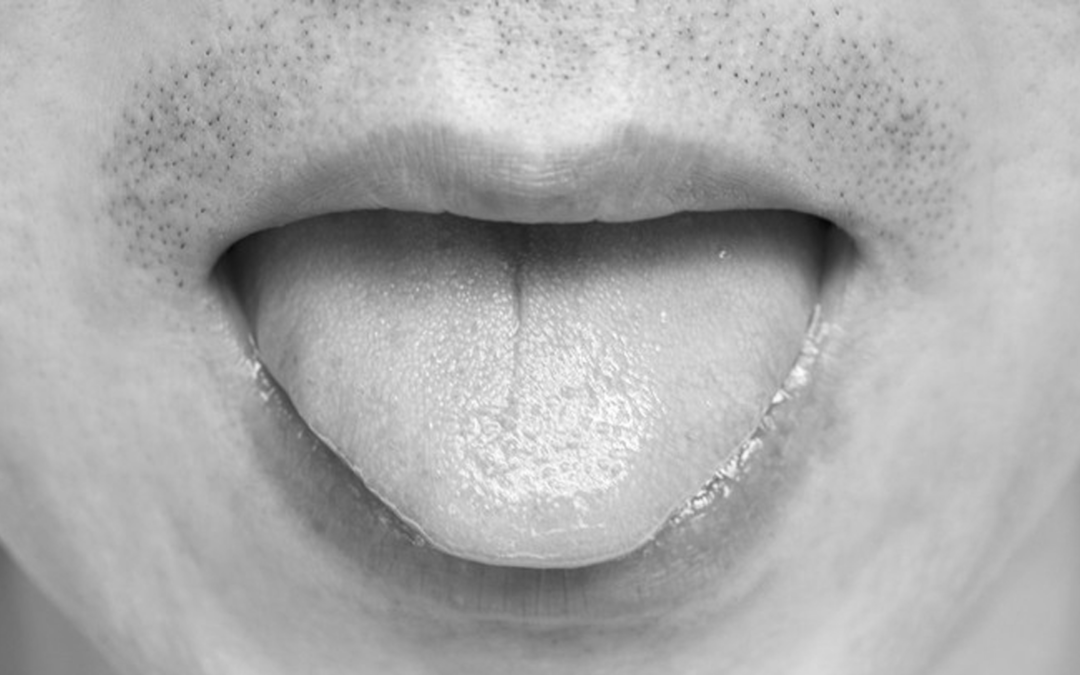The Tongue: A Window to Health
In the intricate landscape of our health, the tongue emerges as a surprising yet crucial indicator. Much like the “check-engine” light in a car, our tongue can signal underlying health conditions. Its appearance and color can provide valuable insights. Let’s delve into what a healthy tongue should look like and what its various colors and conditions might reveal.
The Ideal Tongue: A Visual Guide
A healthy tongue should have a symmetrical, rounded shape and generally exhibit a light pink hue. In some cases, particularly among African, Asian, and Mediterranean populations, slight variations such as purple or brown pigmentation are normal. Additionally, a hint of white coating, arising from a protective protein called keratin, may be present. This coating shields the tongue from scratches during eating.
Exploring the Tongue’s Terrain
Upon closer inspection, you’ll notice that the tongue is covered in tiny bumps known as papillae, which serve several vital functions:
- Sensing temperature and touch.
- Housing taste buds that discern sweet, salty, sour, bitter, or savory flavors.
- Creating friction to form a compact food bolus for easy swallowing.
Food’s Impact on Tongue Color
Indeed, your diet can influence the color of your tongue. The papillae can absorb the hues and residues of foods and beverages you consume. For instance, that vibrant blue popsicle from childhood could temporarily turn your tongue azure. Similarly, coffee, tea, and foods rich in yellow turmeric might leave their mark. Fortunately, most discolorations are transitory and can be washed away through adequate hydration and good oral hygiene.
Warning Signs: Tongue Colors to Watch For
While dietary influences are usually harmless, certain tongue colors and appearances can signify health issues:
- Brown or Black Tongue: This could indicate a condition called “black hairy tongue,” arising from excessively long papillae that trap bacteria and food colors. Risk factors include antibiotic or antihistamine use, smoking, dry mouth, excessive coffee or tea consumption, and poor oral hygiene.
- White Patches: Thick white patches or sores might indicate a yeast overgrowth called thrush. This can be triggered by conditions like diabetes, HIV, antibiotics, or cancer treatment side effects. In rare cases, these patches may signal oral cancer.
- Red or Yellow Sores: Painful red or yellow sores could be canker sores or, rarely, a sign of oral cancer.
- Bright Red Tongue: A vivid red tongue may suggest a vitamin B12 deficiency or scarlet fever, a Streptococcus bacteria infection accompanied by a red body rash. “Geographic tongue,” characterized by painless, shifting red patches, is a harmless condition.
Tongue Care: Brushing and Scraping
To maintain good oral hygiene, remember to brush your tongue gently. Swipe your toothbrush from the back to the front: one pass down the middle, one down the left side, and one down the right side. This helps eliminate bacteria and debris that collect in the papillae. Some individuals prefer using a tongue scraper, although its effectiveness remains debated. It ultimately comes down to personal preference in your daily oral care routine.
When to Seek Help
If you notice any concerning changes in your tongue, especially if accompanied by a fever, severe throat pain, persistent sores, or new symptoms, it’s advisable to consult your primary care doctor or dentist. They can assess your condition, recommend appropriate treatments, and guide you on maintaining oral health. In severe cases, a referral to a specialist may be necessary for further evaluation.

Erin Balsa is a highly skilled and knowledgeable health journalist with a passion for educating the public on important health and wellness topics. With extensive experience in both traditional and digital media, Erin has established herself as a trusted voice in the field.

